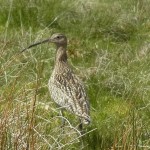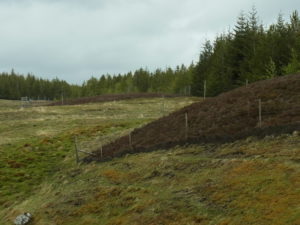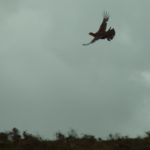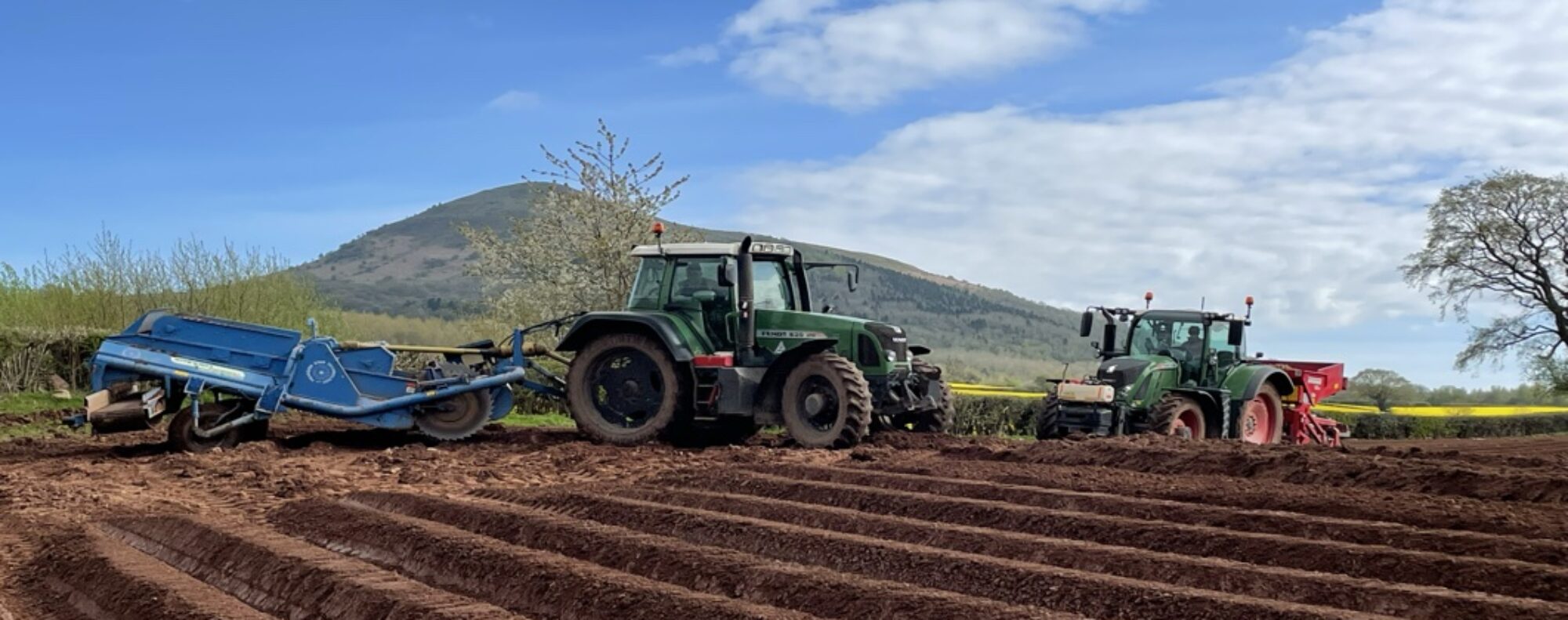Gareth Dockerty worked for Natural Resources Wales as a Conservation Officer and Reserves Manager, and has qualifications in woodland, conservation grazing and ecology. He has also worked in North York Moors National Park on small rural business development and is currently Regional Officer for BASC in North Yorkshire.
The uplands face an array of often emotive and political arguments. Staying open minded to form an opinion based on a wide variety of evidence, alternative views and morals, can be extremely difficult.

We want a lot from our ‘modern uplands’: including carbon stores, tourist attractions, diverse habitats and species, farming, timber production, flood protection, communities, historical culture and a thriving rural economy.
Management of a habitat is not, in my opinion, not just science, but also an art. Ecologists are skilled in counting and monitoring species, and it is the informed land manager’s job to take this information and implement a management plan, which should remain open to change as the science underpinning it changes. This is known as adaptive management.

Since the Iron Age clearance of upland forests, a range of activities from peat extraction, military training, non-native forestry plantations and now climate change, have done ‘their’ best to change the uplands. It could be argued that grouse shooting prevented our uplands from being completely dominated by a sterile blankets of forestry, and while the grouse moor is a managed habitat, upland heathland (both wet and dry), is in many cases, an increasingly rare habitat often designated as an SAC or SSSI.
I personally would not want to see our uplands dominated by just heather,

and support new practices such as fencing in streams and allowing native regeneration of willow and birch to move into the river catchments. Let’s push on with projects like #slowtheflow, absorbing floodwater in the hills rather than further down river. But can we engage with the ‘grouse community’ to work together in supporting more experimental projects, by blending the science with the grouse keeper’s local knowledge of species, habitats and fire?
The shooting community has created and protected habitats that people care about, visit, enjoy and ‘consume’ in a variety of ways. Can we have more of an open dialogue, rather than just seek to ban the people who have conserved upland areas – who will then manage them?
While all views are valid in today’s society, ‘extreme’ immovable political views tend not to help create honest debate. Especially when opinions are confronted by strongly worded arguments which can inadvertently strengthen our own beliefs – regardless of the opposing arguments validity.

I believe shooting and conservation are inseparable – please can the people on the ground in the uplands be listened to, not excluded.
Gareth Dockerty is on twitter @garethbasc

As a response, I am not attacking today’s forestry practices or the conservation planning that goes with all modern woodland management. Just suggesting that there would be less heathland (a rare and protected habitat) if grouse-shooting had not protected them.
Dear Twitter, I thought I would intervene to capture some reactions within hours of this being posted – for the delectation of those not on 140 character social media – please do also add your own thoughts on Gareth’s guest blog.
@arcwoodlands In the spirit of openness how about losing the tired forestry descriptions
@garethBASC Like all habitats we have some excellent wood/plantation but also some poor forestry blocks.
@andyheald Except no-one has actually planted a “sterile blanket of forestry” for over 20 years
@garethBASC I agree, my point was there would have been more of them planted without grouse-shooting back then.
@andyheald There’s a lot more “improved” grassland in our uplands than there is conifer plantation
@GallowayGrouse Not all about acreage. I’d prefer neighbours with “imp” grass over conifers every time.
@garethBASC All valid points, the argument was without grouse-shooting there would be less heathland
And on another matter…..
@phhoward1 When the persecution stops you have my undivided attention.
There are thousands of hectares of unmanaged “rank” heather moorland in Wales, the majority of which is SSSI and sparsely grazed.
Bracken continues to invade.
In the absence of gamekeeping management including predator control and selective ‘patch’ burning etc., they now, unlike in the past, make a minimal contribution to biodiversity.
In response to a couple of comments on twitter….
“Does one tree destroy a heathland”
No, I’d actively encourage sections of the moor to undergo natural succession. Especially along water courses…let the birch and scrub develop in these areas, around the managed heathland and have a habitat balance, but the heathland is the rarer habitat and more highly designated in a ecological sense, and must receive the highest level of protection.